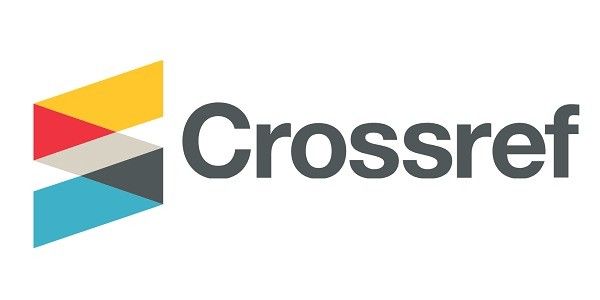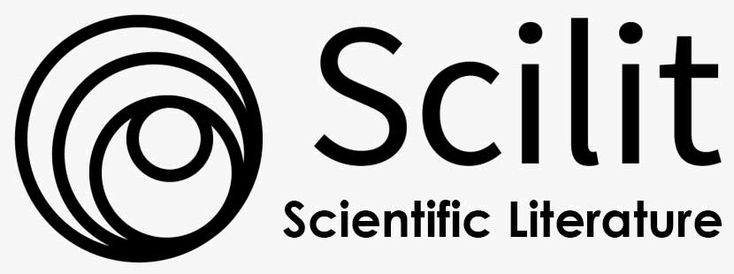Initial Management of Paroxysmal Supraventricular Tachycardia with ST-Segment Depression in the Primary Care Setting
Case Report
DOI:
https://doi.org/10.55175/cdk.v52i6.1327Keywords:
Bisoprolol, supraventricular tachycardia, Valsalva maneuverAbstract
Introduction: Supraventricular tachycardia (SVT) is a common cardiac emergency that can be life-threatening. Symptoms may include palpitations, chest pain, and difficulty breathing. Case: A 50-year-old male with sudden palpitations since one hour ago, accompanied by chest pain and breathing difficulty. A 12-lead ECG revealed an SVT rhythm with ST-segment depression in leads II, III, aVF, and V2-V6. After initial interventions, which included carotid massage, Valsalva maneuver, and oral bisoprolol, the rhythm converted to sinus rhythm within an hour. ST-segment depression may occur during SVT, which warrants evaluation for ischemic etiology. Conclusion: The report focuses on the initial management of SVT in a primary care setting with constraints on equipment and referral facilities. It's important to note that changes in the ST segment in SVT do not always indicate myocardial infarction, and further examination is necessary to confirm the diagnosis.
Downloads
References
Kotadia ID, Steven A, Williams E, O’Neill M. Supraventricular tachycardia: An overview of diagnosis and management. Clin Med (Lond). 2020;20(1):43-7. DOI: 10.7861%2Fclinmed.cme.20.1.3.
Orejarena LA, Vidaillet H, DeStefano F, Nordstrom DL, Vierkant RA, Smith PN, et al. Paroxysmal Supraventricular Tachycardia in the General Population. J Am Coll Cardiol. 1998;31(1):150-7. DOI: 10.1016/S0735-1097(97)00422-1.
Brugada J, Katritsis DG, Arbelo E, Arribas F, Bax JJ, Blomström-Lundqvist C, et al. 2019 ESC Guidelines for themanagement of patients with supraventricular tachycardia. The task force for the management of patients with supraventricular tachycardia of the European Society of Cardiology (ESC). Eur Heart J. 2020;41(5):655-720. DOI: 10.1093/eurheartj/ehz467.
Colucci RA, Silver MJ, Shubrook J. Common types of supraventricular tachycardia: diagnosis and management. Am Fam Physician. 2010;82(8):942-52. PMID: 37327167.
Bibas L, Levi M, Essebag V. Diagnosis and management of supraventricular tachycardias. CMAJ. 2016;188(17-8):E466-73. DOI: 10.1503/cmaj.160079.
Quattrocelli A, Lang J, Davis A, Pflaumer A. Age makes a difference: Symptoms in pediatric supraventricular tachycardia. J Arrhythm. 2018;34(5):565-71. DOI: 10.1002/joa3.12103.
Porter MJ, Morton JB, Denman R, Lin AC, Tierney S, Santussi PA, et al. Influence of age and gender on the mechanism of supraventricular tachycardia. Heart Rhythm. 2004;1(4):393-6. DOI: 10.1016/j.hrthm.2004.05.007.
Luscher TF. Supraventricular and ventricular tachycardias: Risk factors, drugs, and ablation. Eur Heart J. 2017;38(17):1271-74. DOI: 10.1093/eurheartj/ehx179.
Sinz E, Navarro K, Cheng A, Hunt E, Johnson S. Advanced cardiovascular life support: provider manual. American Heart Association; 2020. ISBN: 978-1-61669-772-3.
Wang PJ, Estes NAM. Supraventricular tachycardia. Circulation 2002;106(25):e206-8. DOI: 10.1161/01.CIR.0000044341.43780.C7.
Link MS. Evaluation and initial treatment of supraventricular tachycardia. N Engl J Med. 2012;367(15):1438-48. DOI:10.1056/nejmcp1111259.
Thornton HS, Elwan MH, Reynolds JA, Coats TJ. Valsalva using a syringe: Pressure and variation. Emergency Med J. 2016;33(10):748-9. DOI: 10.1136/emermed-2016-205869.
Ashraf H, Fatima T, Ashraf I, Majeed S. Effectiveness of modified Valsalva maneuver by using wide bore syringe for emergency treatment of supraventricular tachycardias: Findings from Pakistan. Pak J Med Sci. 2023;39(3):693-7. DOI: 10.12669/pjms.39.3.6725.
Lerman BB, Markowitz SM, Cheung JW, Liu CF, Thomas G, Ip JE. Supraventricular tachycardia: Mechanistic insights deduced from adenosine. Circ Arrhythm Electrophysiol. 2018;11(12):e006953. DOI:10.1161/CIRCEP.118.006953.
Sohinki D, Obel OA. Current trends in supraventricular tachycardia management. The Ochner J. 2014;14(4):586-95. PMID: 25598724.
Muresan L, Cismaru G, Muresan C, Rosu R, GusetuG, Puiu M, et al. Beta-blockers for the treatment of arrhythmias: Bisoprolol-a systematic review. Ann Pharm Fr. 2022 Sep;80(5):617-34. DOI: 10.1016/j.pharma.2022.01.007ï.
Habash F, Albashaireh A, Madmani ME, Paydak H. ST segment elevation and depressions in supraventricular tachycardia without coronary artery disease. Case Rep Cardiol. 2018;2018:1-3. DOI: 10.1155/2018/2716312.
Mercik J, Radziejewska J, Pach K, Zawadzki G, Zysko D, Gajek J. ST-segment depression in atrioventricular nodal reentrant tachycardia: Important finding or just an artifact? Medicine (United States). 2022;101(49):E31806. DOI: 10.1097/MD.0000000000031806.
Slavich G, Pavoni D, Badano L, Popiel M. Significance of ST-segment depression during supraventricular tachycardia. Clues offered by its return to normal at the end of the episode. Ital Heart J. 2002;3(3):206-10. PMID: 11974667.
Sharma S, Madias C. Emergency care of supraventricular tachycardia: Focus on community and low-resource settings. J Emerg Crit Care Med. 2021;5:7. DOI: 10.21037/jeccm-20-154.
Stones CR, Wilson MK, Brown AL. Effectiveness of vagal maneuvers in pre-hospital SVT management: A systematic review. Prehosp Emerg Care. 2021;25(6):795–802. DOI: 10.1080/10903127.2021.1894697.
Downloads
Published
How to Cite
Issue
Section
License
Copyright (c) 2025 Kevin Fernando Suhardi, Franky Kurniawan, Lusiani

This work is licensed under a Creative Commons Attribution-NonCommercial 4.0 International License.





















